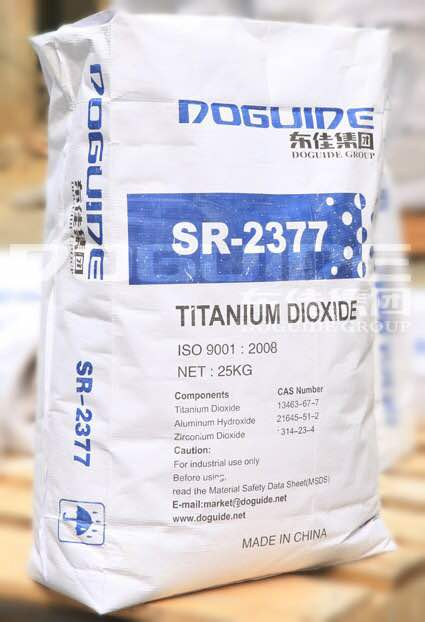
Jul . 29, 2024 22:55 Back to list
Synthesis and Characterization of Anatase Nano TiO2 for Photocatalytic Applications in China
The Significance of China’s Anatase Nano TiO2 in Modern Technology
Titanium dioxide (TiO2) is a widely studied and utilized material due to its exceptional properties, including high refractive index, strong UV light absorption, and chemical stability. Among the various crystalline forms of titanium dioxide, anatase is gaining particular attention, especially in the form of nanoparticles. China, as a leading producer and manufacturer, plays a pivotal role in the development and application of anatase nano TiO2.
Anatase nano TiO2 is recognized for its superior photocatalytic properties, making it an essential component in various applications, including environmental remediation, energy conversion, and material enhancement. Its ability to catalyze reactions under UV light enables it to break down organic pollutants in air and water, making it a valuable tool in addressing environmental challenges.
The Significance of China’s Anatase Nano TiO2 in Modern Technology
In the field of environmental applications, anatase nano TiO2 has been recognized for its effectiveness in photocatalytic degradation of pollutants. Numerous studies have demonstrated that TiO2 nanoparticles can effectively degrade pollutants like volatile organic compounds (VOCs), heavy metals, and dyes under UV irradiation. Given the rising concerns regarding air and water pollution, the demand for efficient photocatalysts is on the rise. China's commitment to environmental protection and sustainable development has further accelerated the research and commercialization of nanomaterials like anatase TiO2.
china anatase nano tio2

In addition to environmental applications, anatase nano TiO2 has also found a significant niche in the energy sector. It is used extensively in dye-sensitized solar cells (DSSCs), where it serves as a semiconductor that facilitates the conversion of sunlight into electrical energy. The unique properties of anatase TiO2, such as its wide bandgap and high electron mobility, make it suitable for maximizing efficiency in these energy conversion systems. As the world increasingly seeks renewable energy solutions, the role of anatase nano TiO2 in enhancing the performance of solar technologies cannot be understated.
Moreover, the use of anatase nano TiO2 extends to various industries, such as cosmetics, food packaging, and textiles. In cosmetics, it is utilized for its UV-blocking abilities, providing skin protection in sunscreens and other skincare products. In the food industry, titanium dioxide is used as a safe additive to improve food appearance and stability. In textiles, its antimicrobial properties are exploited to create fabrics that resist bacterial growth, thus enhancing hygiene.
China's advancements in nanotechnology have positioned the country as a leader in the global nano TiO2 market. With a robust research framework and a focus on innovation, Chinese companies and research institutions are continually exploring new applications and formulations for anatase nano TiO2. Collaboration between academia and industry is crucial for driving sustainable growth and ensuring that these materials meet the stringent safety and environmental standards.
In conclusion, the significance of China’s anatase nano TiO2 cannot be overstated. Its versatility and efficiency in addressing environmental issues and enhancing technological applications highlight its importance in modern society. As research continues to unveil new potentials, anatase nano TiO2 is set to play a critical role in not only technological advancements but also in promoting a sustainable future.
-
Premium 6618 Titanium Dioxide for GPT-4 Turbo Applications
NewsJul.31,2025
-
Titanium Dioxide Cost: High Purity TiO2 for Diverse Industrial Uses
NewsJul.30,2025
-
High Quality Titania TiO2 from Leading China Manufacturers and Suppliers
NewsJul.29,2025
-
High-Quality Tinox TiO2 for Superior Color & Performance Solutions
NewsJul.29,2025
-
High Quality Titania TiO2 from Leading China Supplier & Manufacturer
NewsJul.29,2025
-
High-Performance r6618 TiO2 for Superior Whitening and Versatility
NewsJul.28,2025
